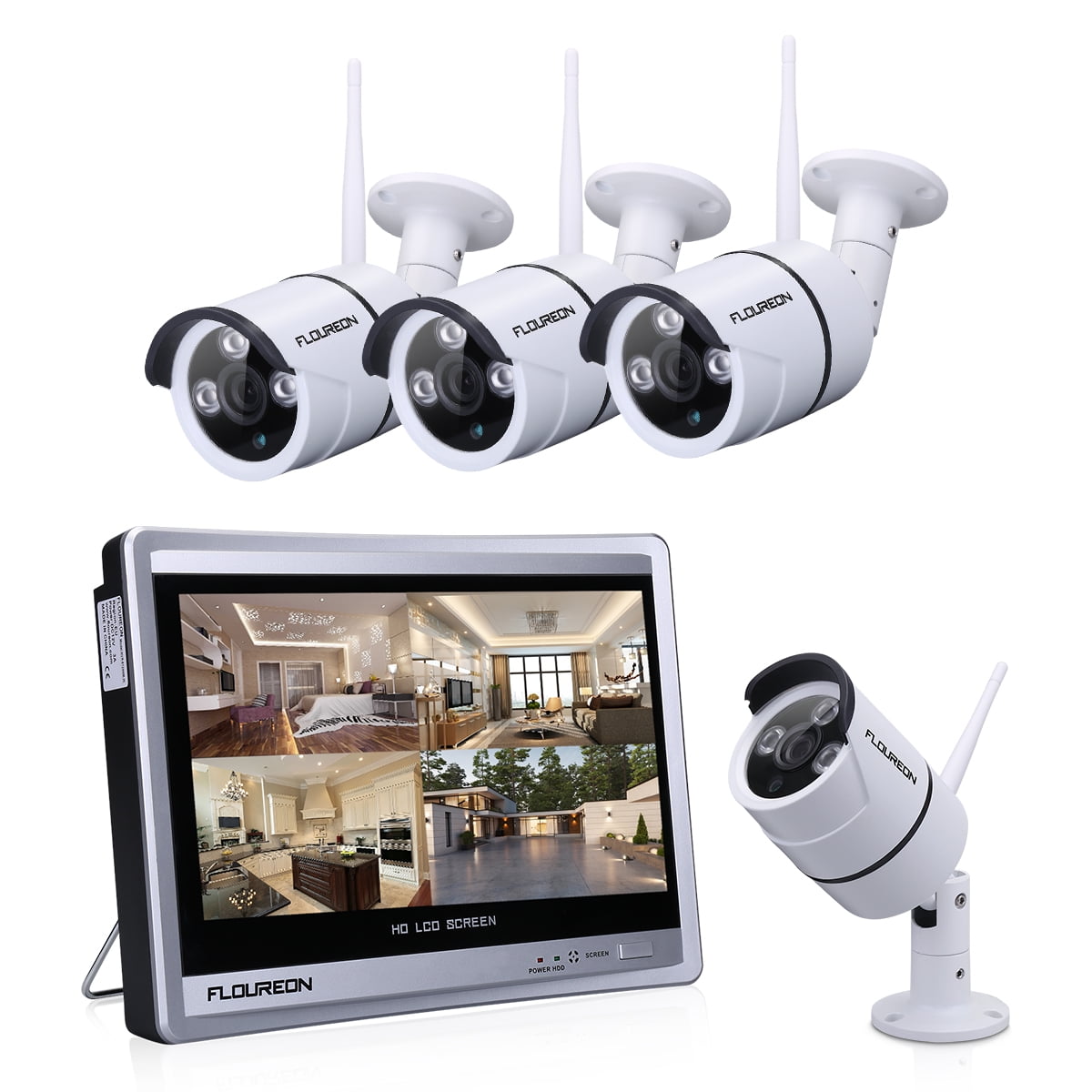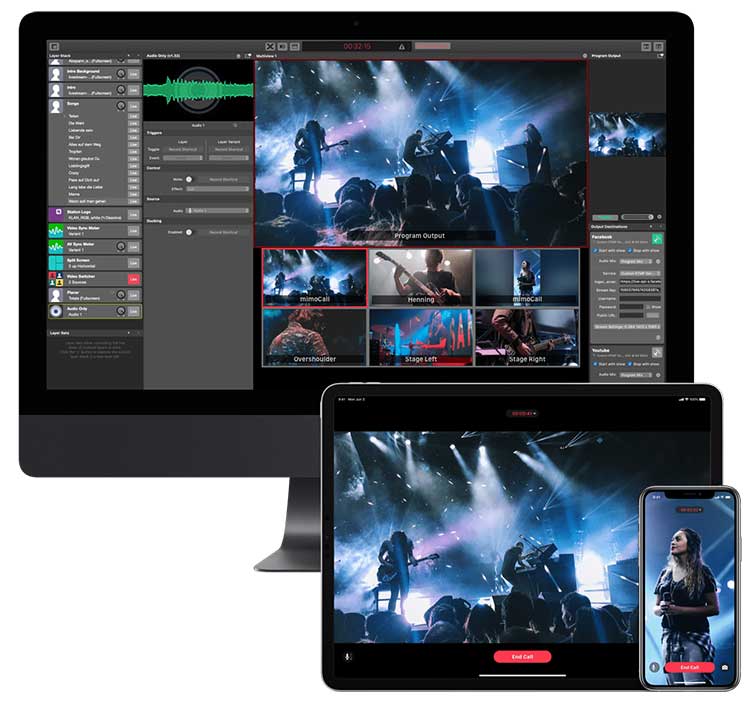
With the depth map, the smartphone can then determine what’s the background and what’s not.Ĭombined with face detection technology, the phone runs the image through a blurring algorithm that attempts to blur the background and highlight the face. These two different viewpoints can work together to create a “depth map,” or an estimation of how far away objects in the shot are. Depth mapping uses both the telephoto lens and the wide angle lens on a smartphone to examine the same visual field and compare notes. The original smartphone portrait mode requires a dual-lens camera. Let’s break down the different methods used to blur that background: Two-lens depth mapping It proved popular, and a number of other manufacturers began releasing phones that included their own portrait optimization.
#Mimolive program phone camera portrait plus#
How phones make portrait mode work TheUnlockrĪpple was widely recognized as fueling the portrait mode trend when it introduced the feature on the iPhone 7 Plus in 2017. If you really want to learn how portrait mode works on modern smartphones, it’s important to understand the tricks phone manufacturers use to enable this feature. Different manufacturers have found different ways to determine what to blur and what to leave sharp, which means that, brand by brand, smartphone portrait modes can look considerably different. Julian Chokkattu/Digital Trendsīlurring the background of a photo is tougher than it sounds - for starters, the smartphone needs to be able to tell what’s the background and what’s not in order to keep the face sharp.
#Mimolive program phone camera portrait software#
Smartphone portrait mode relies on a mix of software and hardware. On a smartphone, portrait mode is a form of computational photography that artificially applies blur to the background to mimic the background blur of a DSLR. That difference is what powers a smartphone’s portrait mode. Smartphone manufacturers can’t fit a giant DLSR sensor inside a smartphone and still have it fit in your pocket - but smartphones have more computing power than a DSLR. Even on the few models that allow for an adjustable aperture, however, the lens and sensor inside a smartphone camera are too small to create the blur that DSLRs or mirrorless cameras are capable of capturing. For starters, the aperture on most smartphone cameras is fixed, so you can’t actually change it (the Samsung Galaxy S9 and S9 Plus are notable exceptions).

Over time, additional optimization was added in, such as improving the processing to make faces even clearer by eliminating red eye and adjusting the autofocus.Ī smartphone camera, however, cannot adjust those settings to take a better portrait.

A blurred background draws the eye to the subject and eliminates distractions in the background, so wide apertures are popular for professionally shot portraits. The aperture, or the opening in the lens, widens to blur the background. When first offered as a photo mode on digital cameras, portrait mode helped novice photographers take better portraits by adjusting the camera settings. Portrait mode is a form of computational photography that artificially applies blur to the background.


 0 kommentar(er)
0 kommentar(er)
